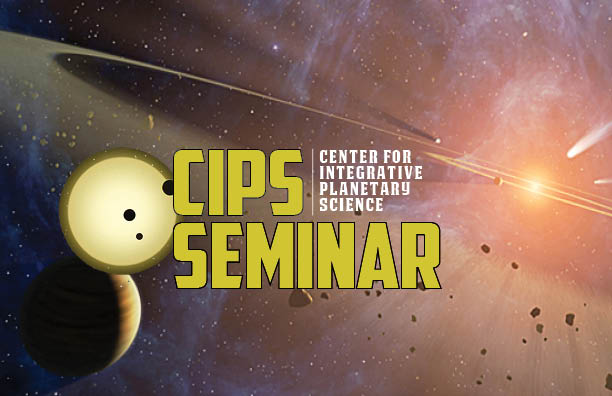The nature of resolved structures in protoplanetary disks
Wed, September 23, 2015

In the past few years, direct imaging at near-infrared (NIR) wavelengths and interferometric observations at millimeter wavelengths have revealed a panoply of fine structures in gaseous protoplanetary disks, such as spiral arms, gaps, streamers, and azimuthal asymmetries. The origins of these features are unknown at the moment, although many of them are widely speculated to be created by embedded young planets that cannot be seen directly. To investigate the nature of these observed disk features, we combine hydrodynamical calculations with Monte Carlo radiative transfer simulations to study the observational signatures of features produced by planets, as well as by disk activities, and compare them with observations. We find that both transitional disks and the HL Tau system can be explained by planets, due to a combined efforts of gap-opening by planets and the dust-gas coupling effect. On the other hand, a massive planet and gravitational instability can both produce spiral arms in scattered light images similar to the ones seen in the MWC 758 and SAO 206462 systems.
